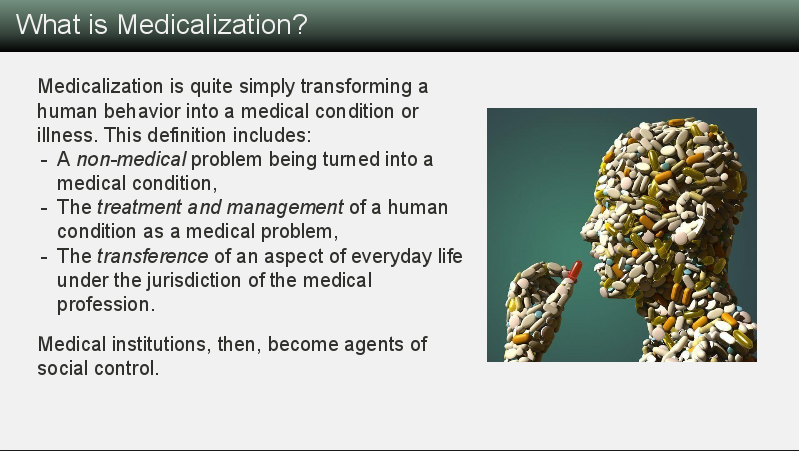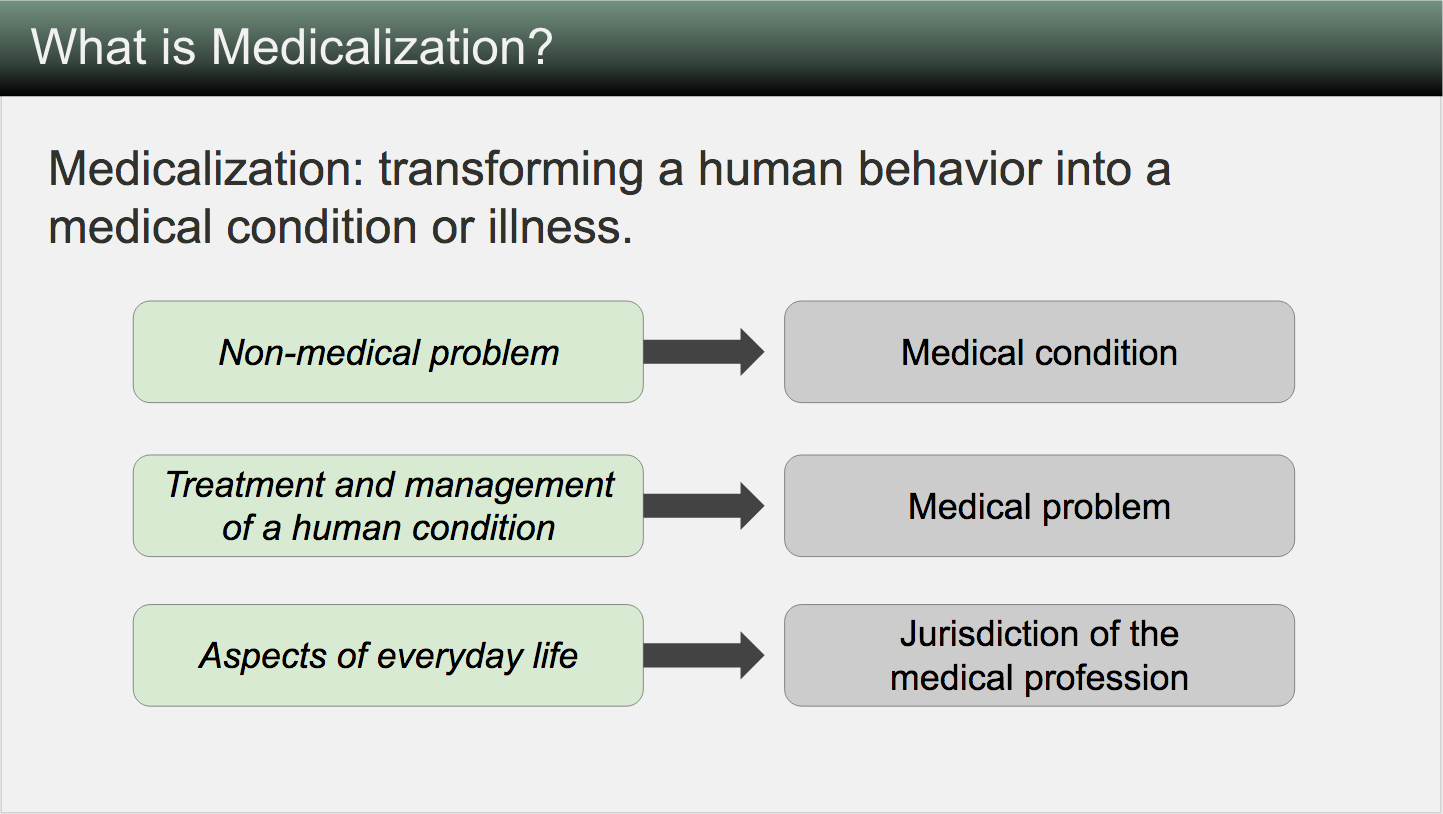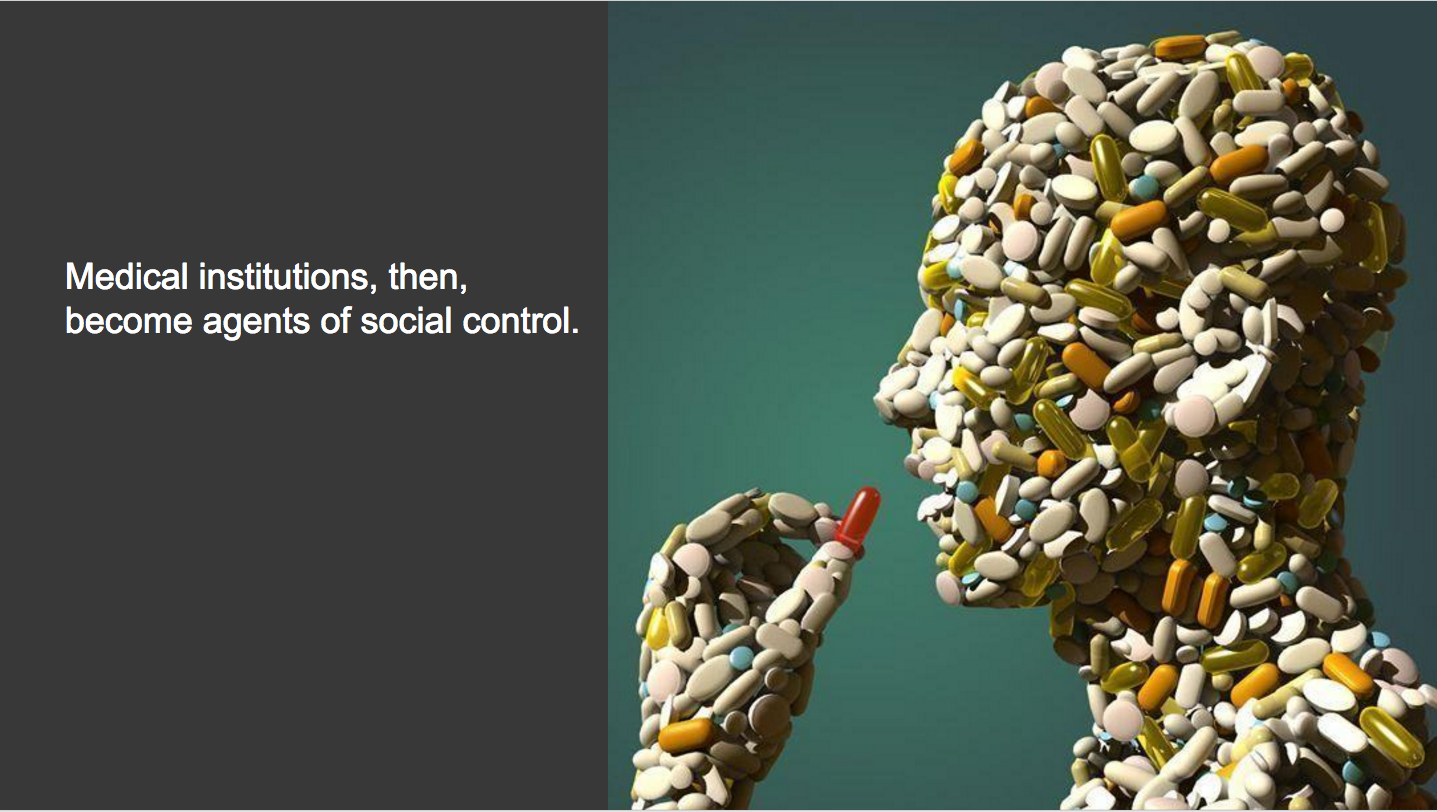Create Engaging Presentations
Three key tips for making presentations that stick:
- Be simple
- Show something
- Tease before you tell
Also check out 10 Tips for Designing Presentations that Don’t Suck for more useful tips.
Delivering an Engaging Presentation
Breakdown of best practices:
- Formulate a story to help you stick to a core message
- Use the Notes View to plan your oral presentation
- Less is More = One point per slide
- Communicate visually with clear charts, graphs, and images
- Avoid blocks of text
Revising Your Slides
Before
Great information and image, but too many points for one slide.
After
Split this info into two slides, then add a graphic element to convey a summarizing point.
Don't shy away from using a whole slide for one main point or image!
Copyright Free Images
Be aware of copyright and attribution requirements for the images you use from the internet.
Here are a few resources for copyright-free, public domain, or Creative Commons-licensed images.
- UMN Stock Content - high quality stock video, audio, and graphics free to use with a UMN login
- Pixabay - high quality images released to the public domain
- freeimages - almost 500,000 images, most available to use without attribution
- Wikimedia Commons - a variety of images, some in the public domain, many available to use with attribution
- Flickr - search “No Known Copyright Restrictions” for a compilation of images with no known restrictions on their use. Contains many historical and government archive photos.
Attribution
For more information about providing attribution to images that you gather online and insert in your presentation, see these resources:


